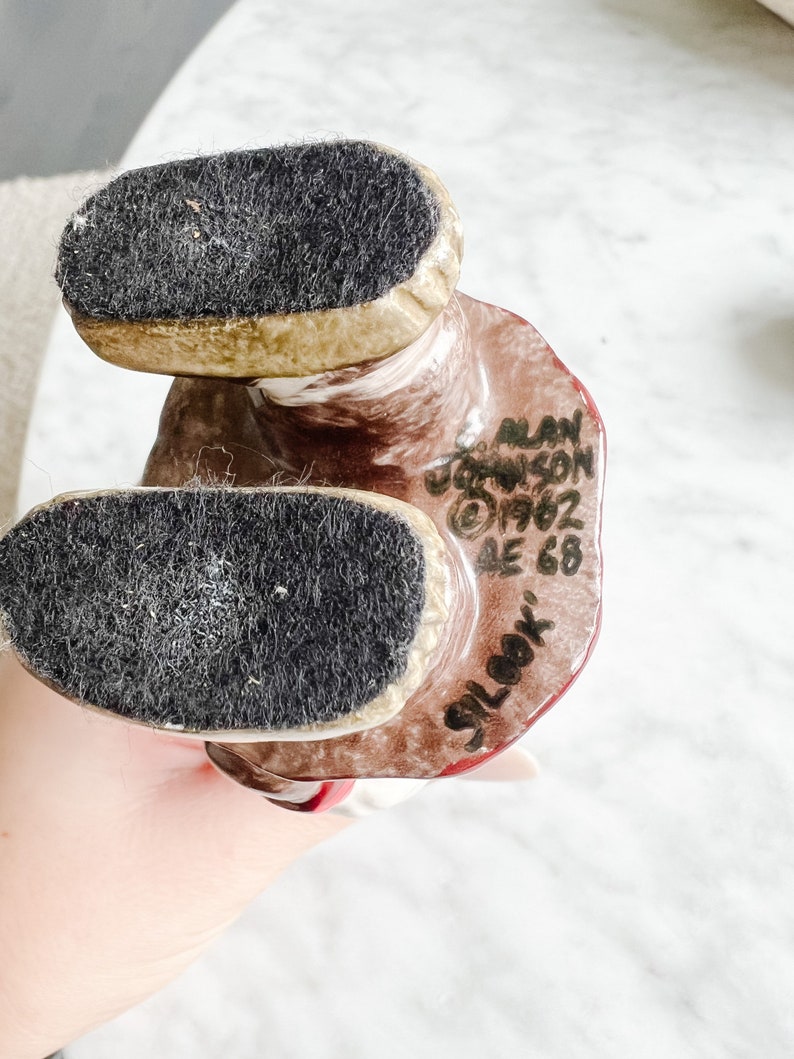

In the 1950s, Canadian federal government sent steatite up North to Inuit who lived in Panniqtuuq without any explanation people didn’t know what to do with this “too soft” stone and thus, they put it in the water with other imported “strange items” from the Qallunaat (non-Inuit world).Īrgillite is a sedimentary rock formed predominantly from a mixture of clay and other minerals. Steatite is sometimes imported from other countries such as Brazil, Italy and United States. Like Nunavik in Northern Quebec is rich in steatite, most of the artists carve from this material in this area although few of them use serpentine, marble, caribou antlers, ivory or bones for examples. Steatite’s color is grey, blue-gray, and white to almost silver. Steatite is known with the popular term “soapstone” as this stone is pretty much softer than serpentine and easier to carve. But you may found serpentine in many others areas in Nunavut. This community located on Baffin Island is well known as the most famous Inuit art centre among circumpolar artistic scene and this area is abundant in serpentine. Serpentine usually comes from Nunavut territory, and especially from Kinngait (Cape Dorset in English) where most of the artists live and carve. Serpentine often incorporates inclusions, which give the stone its unique color variation, from black, brown or grey to olive green or yellow. It is classified as a group of related minerals in the hydrous magnesium iron silicate family. The type of stones used for carvings in the Arctic varies since each area and regions usually have different kind of stones.Įven if Inuit carvers do not use only stones as materials for sculptures (ivory, caribou antler, or bones may be also carved), the most common stone used by artists is serpentine. What kind of stone do Inuit artists carve? This question about Inuit art and materials is actually the most popular one among people who visit an Inuit art gallery and see Inuit art.

2018 Cape Dorset Spring Release : from the archives.2019 Cape Dorset Spring Release - Birds of Baffin by Kananginak Pootoogook.What’s Your Parenting Style? Turns Out, It Depends on Your Kid’s Personality “That’s how they learn about the world and about their experiences.” Markham also advises to keep it fun, explaining that fantasy play offers plenty of opportunities to teach kids proper behavior. You can tell them a story about what happened or use dolls to act it out. Markham suggests that when your child misbehaves wait for everyone to calm down then go over the situation. You don’t have to be an Inuit to employ these successful methods to help kids develop anger control. Oral stories passed down through generations help spread the importance of specific values learned behaviors, like safety near the ocean.
#Eskimo iunit kid how to
By role playing scenarios with toys, Inuit parents teach their kids how to handle situations when their emotions are out of control.Ī post shared by Qikiqtani Inuit Association is another important tool the Inuit use. So what’s the Inuit’s big secret? Play! Instead of scolding, timeouts or any type of discipline for difficult behavior the Inuits use a powerful parenting tool to teach their kids to control their anger as they grow older. We’re training them to yell when they get upset and that yelling solves problems.” As clinical psychologist and author Laura Markham explained to NPR, “When we yell at a child-or even threaten with something like ‘I’m starting to get angry,’ we’re training the child to yell. Instead the Inuit remain calm to model the behavior they want their kids to learn. Yelling is seen as demeaning to kids in the Inuit culture it’s as if a parent is throwing a tantrum of their own. During her time with them she discovered many interesting behaviors that she later documented in two books, not the least of which was the fact that Inuits never got angry and or raised their voices at their kids, despite the typical toddler tantrums. In the 1960s, Harvard graduate student of anthropology Jean Briggs journeyed past the Arctic Circle to live on a tundra among the Inuit for 17 months.


The Inuit parenting style has resulted in raising kids who are largely anger-free for generations. Raising kids and teaching them to control their anger-without losing your own temper-is major challenge of parenting.


 0 kommentar(er)
0 kommentar(er)
